The ASUS VZ239H incorporates an ultra-thin profile with a minimum thickness of 7 mm that allows it to be placed anywhere. Its frameless design makes it ideal for a superior dive with multi-monitor configurations. Its advanced IPS panel provides a contrast ratio of 80,000,000: 1 and 178 degrees of viewing angle. ASUS Eye Care technology guarantees a comfortable visual experience.
Yes, although some may not remember ASUS continues to make monitors outside the ROG range, this one in particular shows signs of not being a bad product, at least for what it is focused on. The ASUS VZ239H It is a 23-inch monitor with a resolution of 1920 * 1080, that is, it is a FullHD monitor (1080p), this comes with an IPS type panel and a standard refresh rate of 60 Hz, as we have commented previously This monitor is dedicated to general use, it is not a monitor with specific functionality.
specs
- Panel Size: Wide Screen 23.0 ″ (58.4cm) 16: 9 ratio
- Color Saturation: 72% (NTSC)
- Panel Type: In-Plane Switching
- True Resolution: 1920 × 1080
- Display Viewing Area (HxV): 509.2 x 286.4 mm
- Surface Display Non-glare
- Pixel Pitch: 0.2652mm
- Brightness (Max): 250 cd / ㎡
- ASUS Smart Contrast Ratio (ASCR): 80000000: 1
- Viewing Angle (CR ≧ 10): 178 ° (H) / 178 ° (V)
- Response Time: 5ms (Gray to Gray)
- Display Colors: 16.7M
- Flicker free
- Stereo Speakers: 1.5W x 2 Stereo RMS
- Signal Input: HDMI, D-Sub
- PC Audio Input: 3.5mm Mini-Jack
- Power On Mode: <24W *
- Power Saving Mode: <0.5W
- Power Off Mode: <0.5W
Design
Similar to its older brother, the VZ279H, this monitor has a borderless design and whose protagonist is the screen.
With a lower aluminum edge, not very wide, leaving only the Asus logo in the center. The front of this monitor is quite simple and clean.
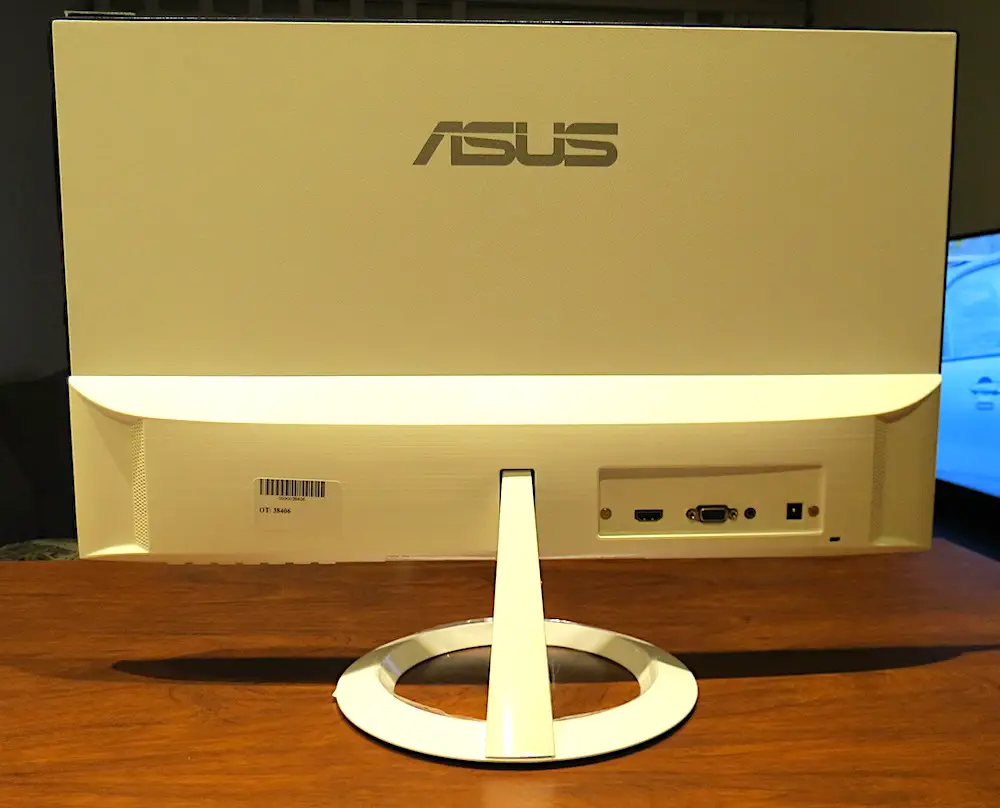
The reverse, like the base is white plastic. The base arm only allows you to adjust the viewing angle, but not the height.
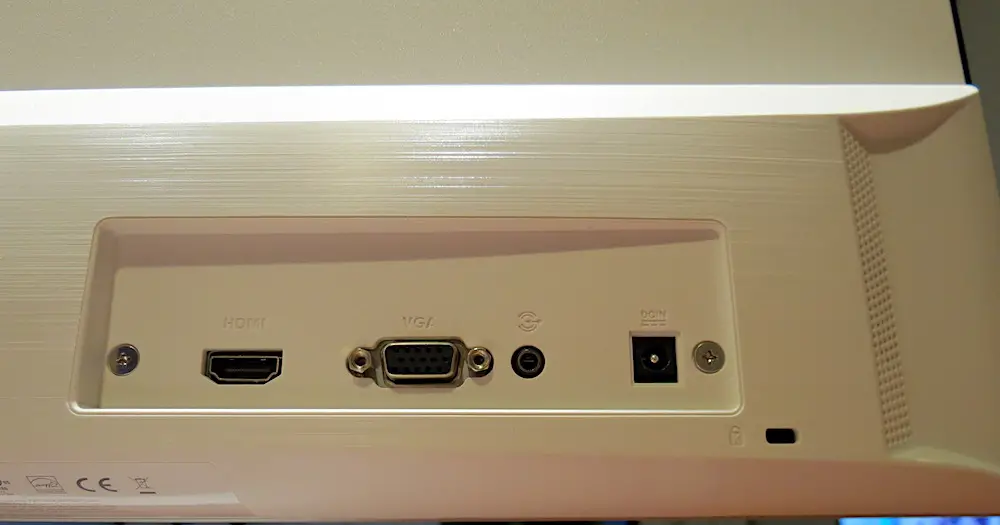
The connectors on the back are: HDMI 2.0, VGA D-Sub connector, 3.5mm audio jack, and the power connector.
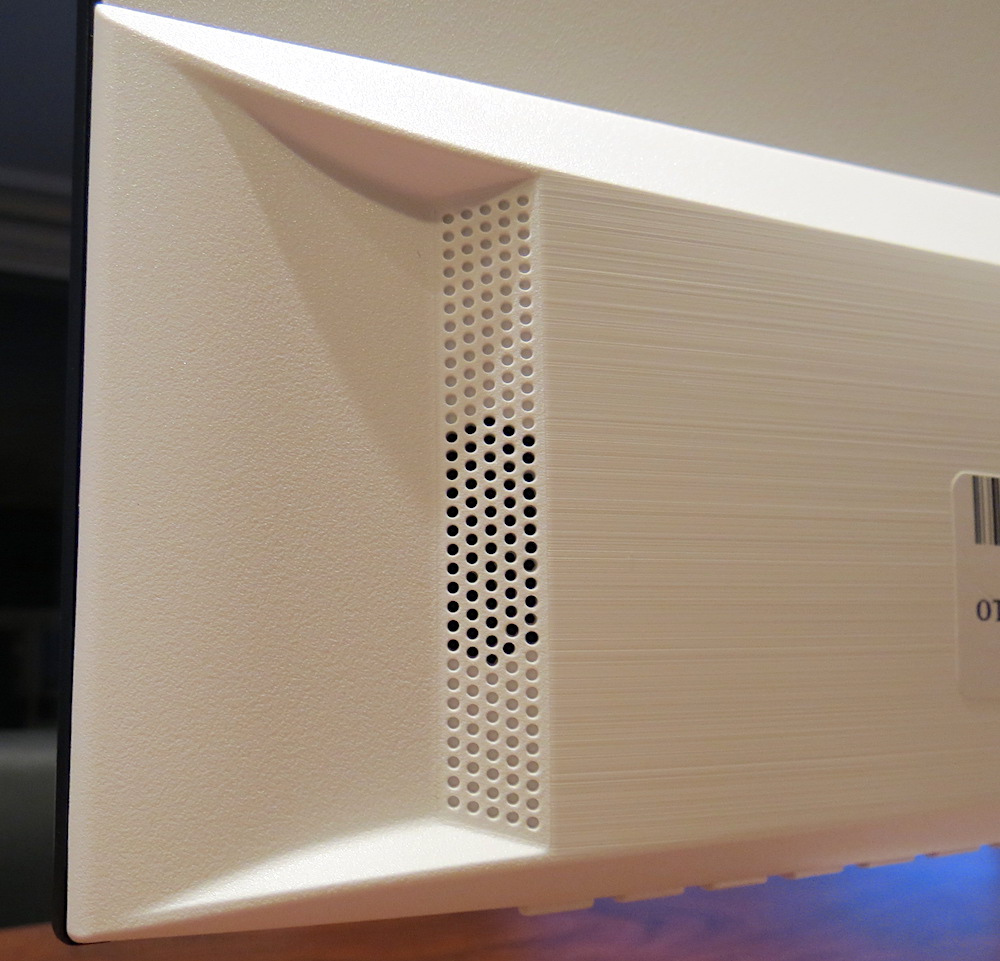
On the sides of the rear are the stereo speakers, 1.5W RMS each.
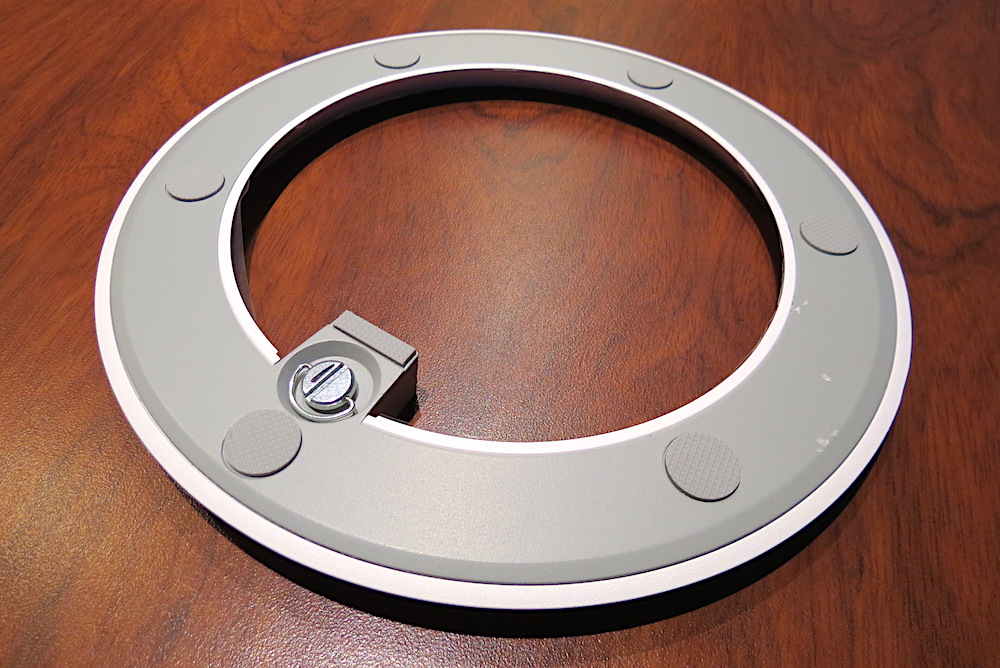
The base has non-slip rubber feet, which fulfill their task quite well.
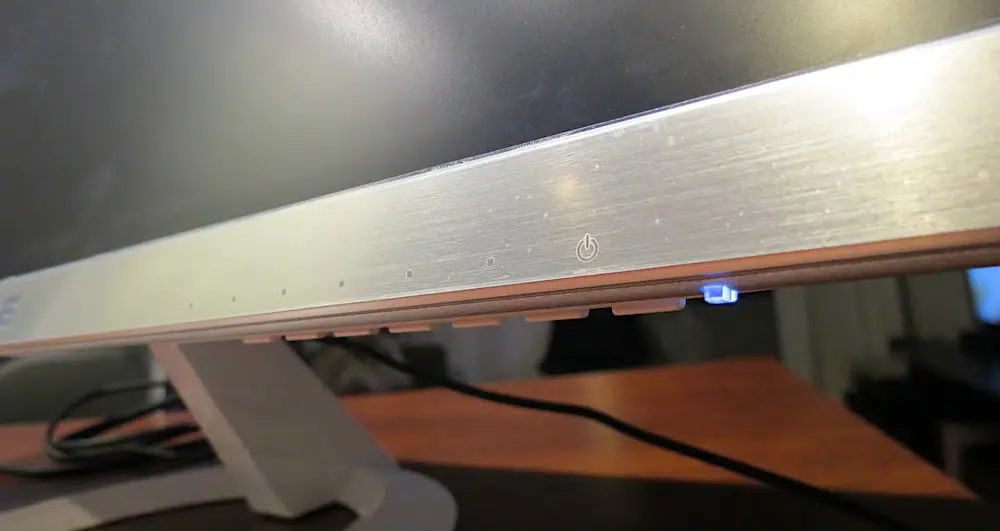
There are no buttons on the front, only the function indicators are screen printed.

The navigation buttons are on the bottom, the one on the far left is the power button. The others depend on the navigation menu in which each one is located.
User Experience
Let us now see the behavior of this monitor in everyday tasks.
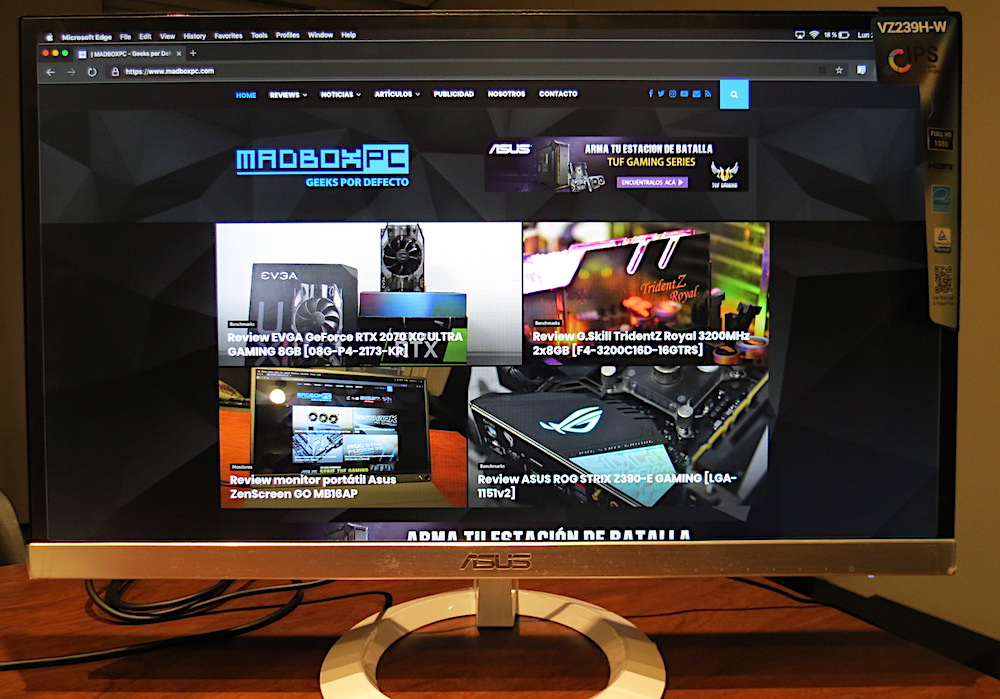
It is time to see this monitor in use, when loading our web page, whose predominant color is black, and dark gray scales, the VZ239H behaves in a great way.
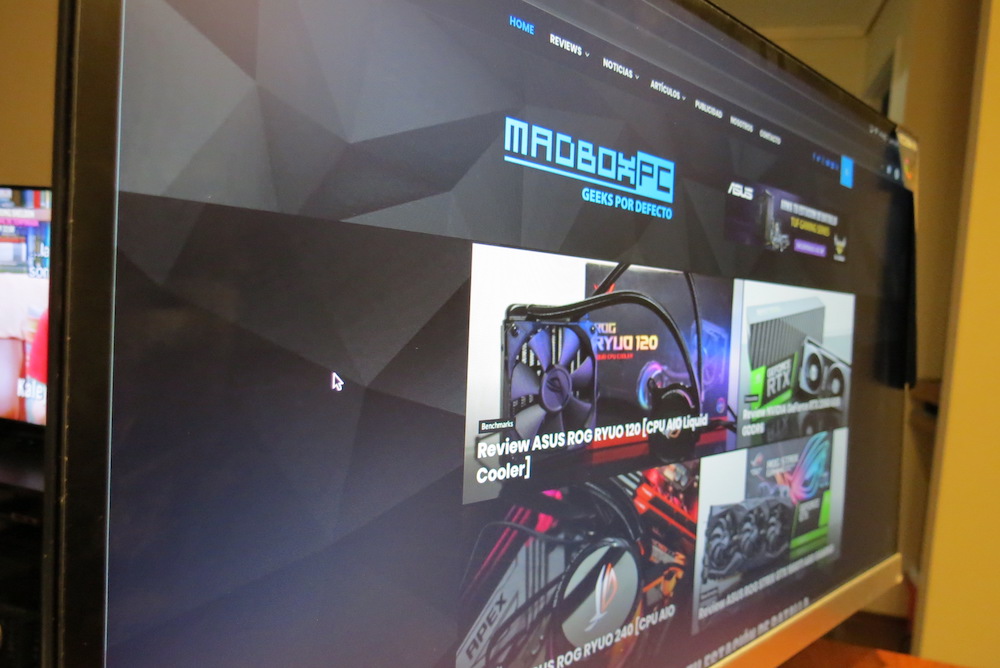
When using an IPS panel, the viewing angles are excellent. There is no distortion in the colors.
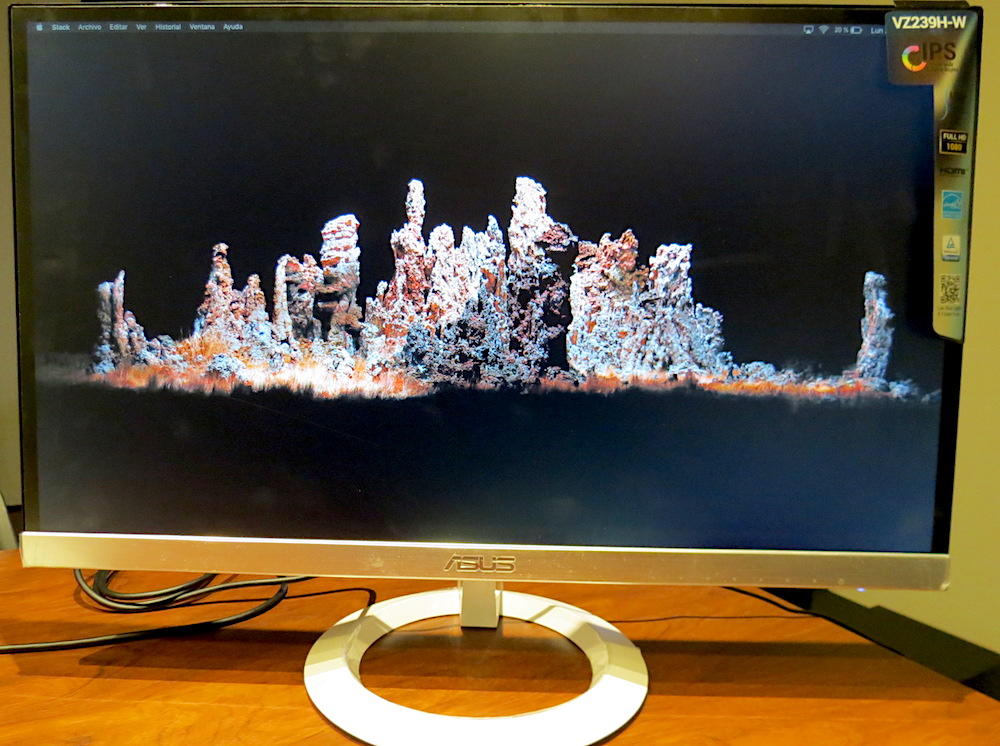
When reviewing and visualizing an image where black predominates, you can see in the lower part, the points of light, where there is a leak. This is something “normal” in this type of LED panels.

The pixels are located in an RGB configuration vertically. Something traditional, and equal to what we saw in his older brother, the VZ279H.
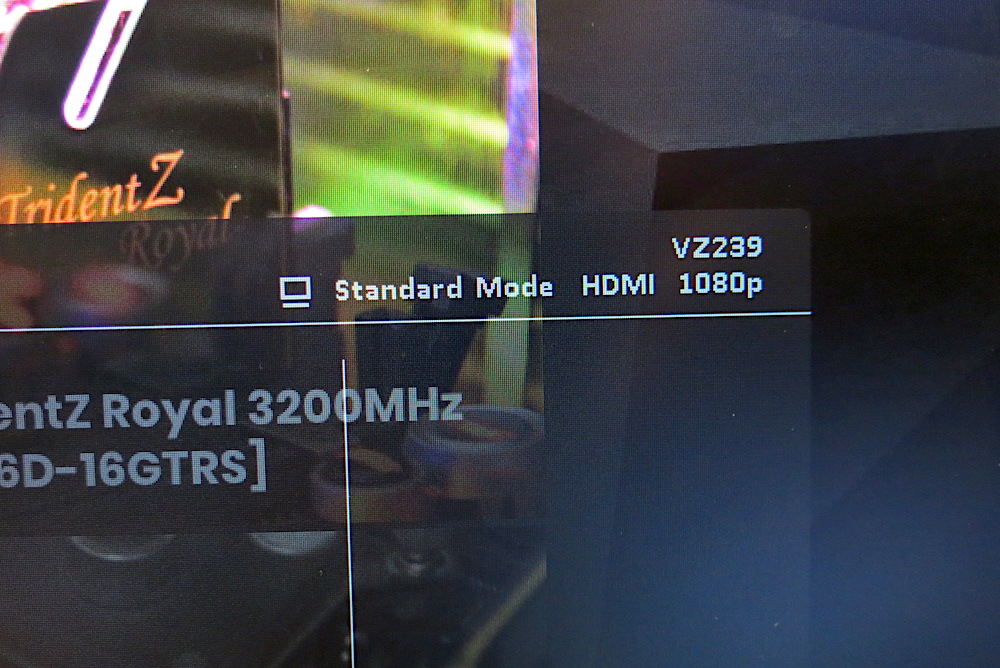
Final Words
The ASUS VZ239H is a practical screen that goes beyond its vocation, at least not in the games part. It is an IPS screen with impressive design, build quality and basic products. The game-oriented features are nil, but they should be sufficient for MOBA, RTS games and even race genres or where the clarity of movement is not the most important thing to consider. However, the 1.5W double speakers have decent performance, which is enough for us to use on their own, which is good for ASUS.
As for the value, we are seeing an IPS monitor under $ 140 USD (under $ 130,000 Chilean pesos) here and with a frameless design on that. It is really frameless, but the panel itself is not. Technically, ASUS is not wrong here and, in fact, we have not yet seen a true borderless screen. That is especially true if we consider the market segment.















